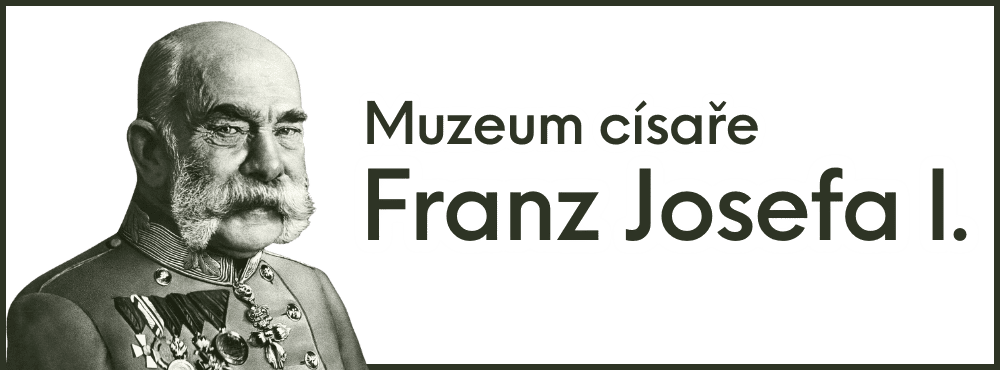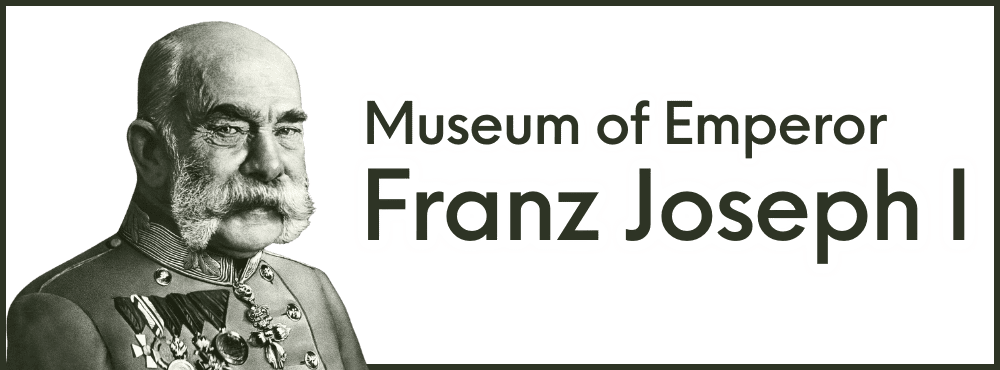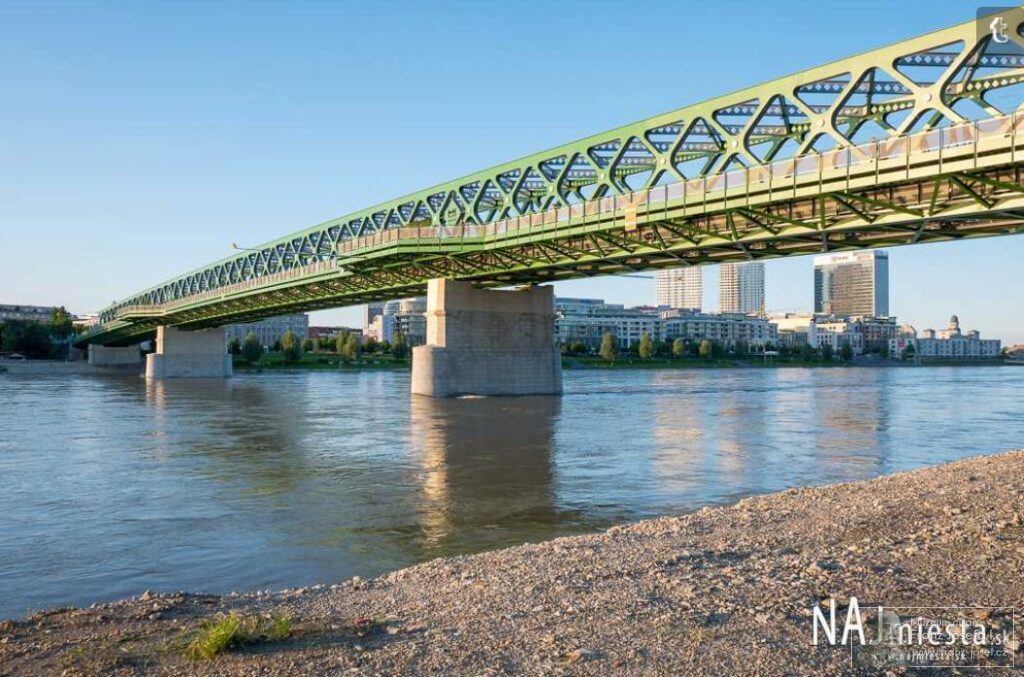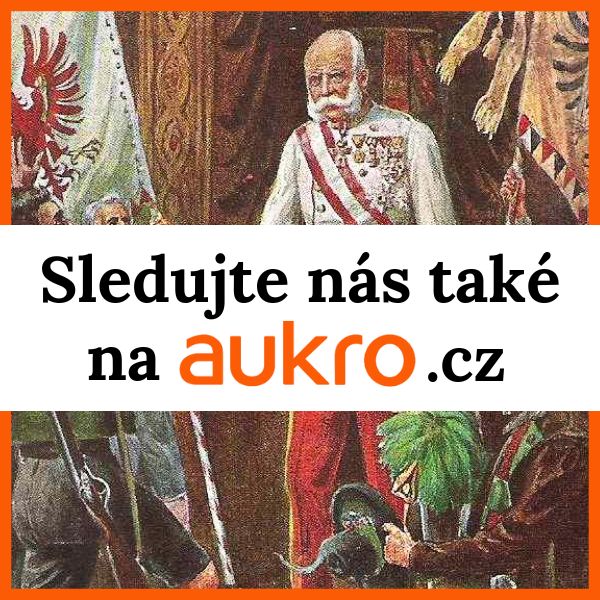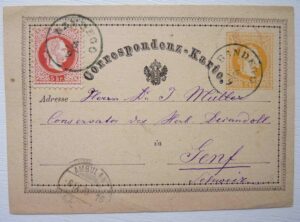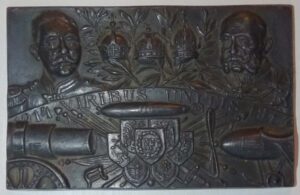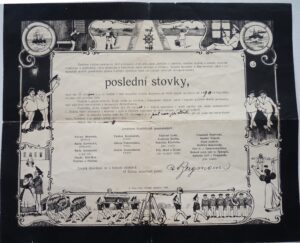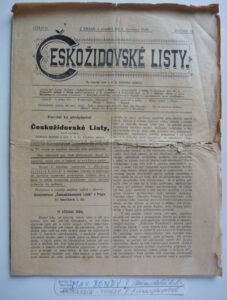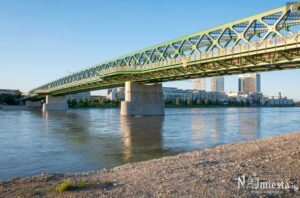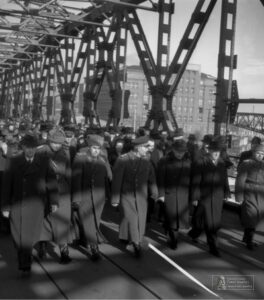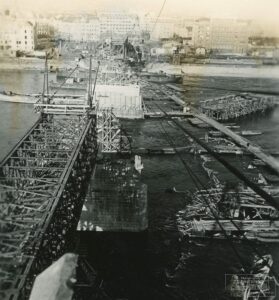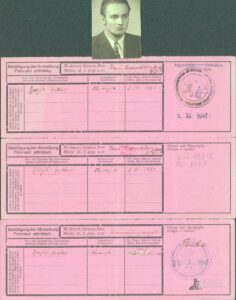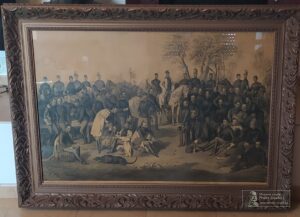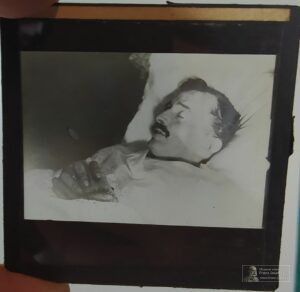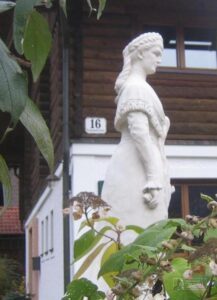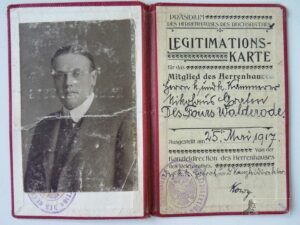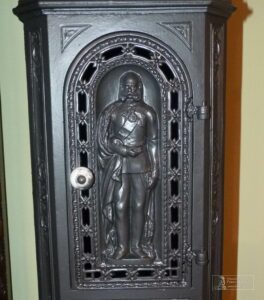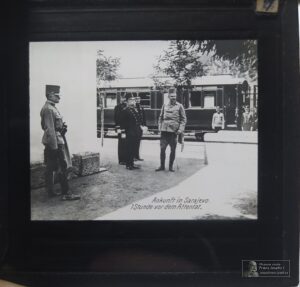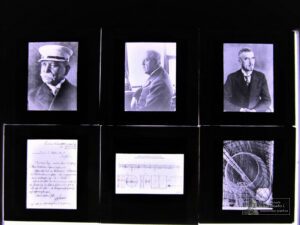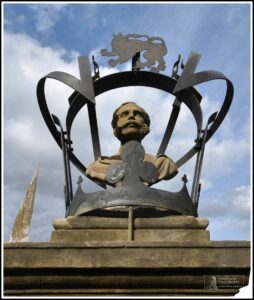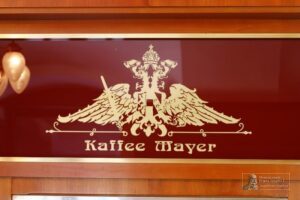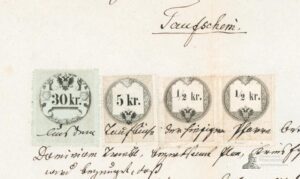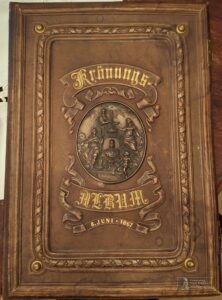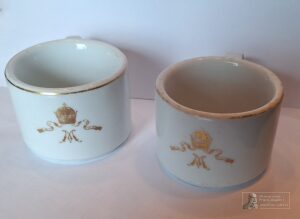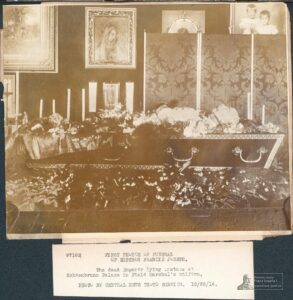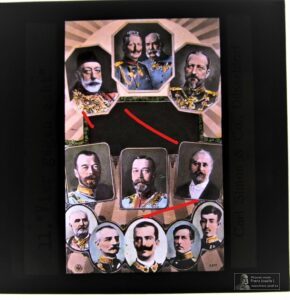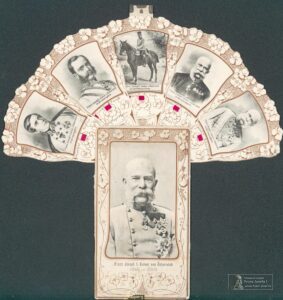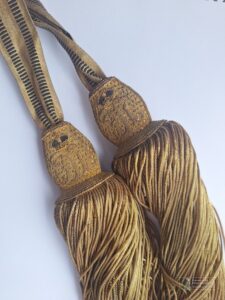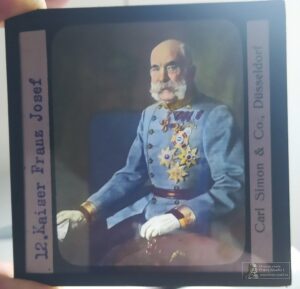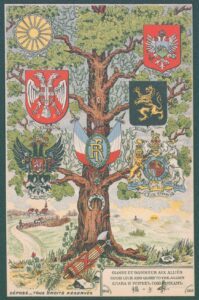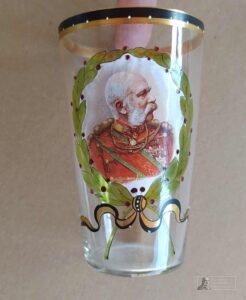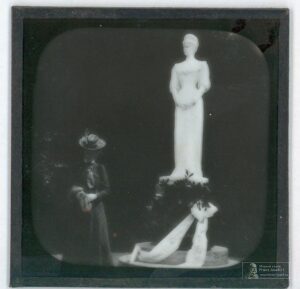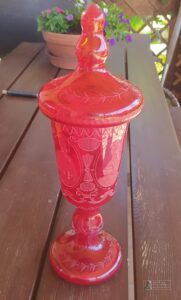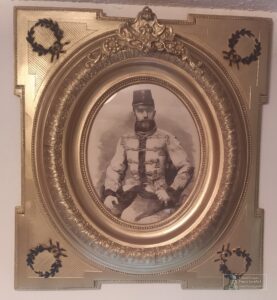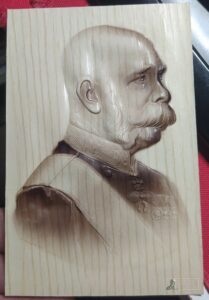bridge Francis Joseph I
Bratislavské noviny 13-14/6. VII. 2000, BRATISLAVA, Štefan Holčík
Only a few buildings have been preserved in Bratislava that could be associated with the name of the former Austrian emperor and Hungarian king František Jozef (1830 – 1916). I guess the only authentic monument to this legendary figure of Central European history is the Old Bridge. Actually, only its raiding parts, because after the destruction at the end of the Second World War, they replaced its central part with a new construction with a silhouette different from the original one.
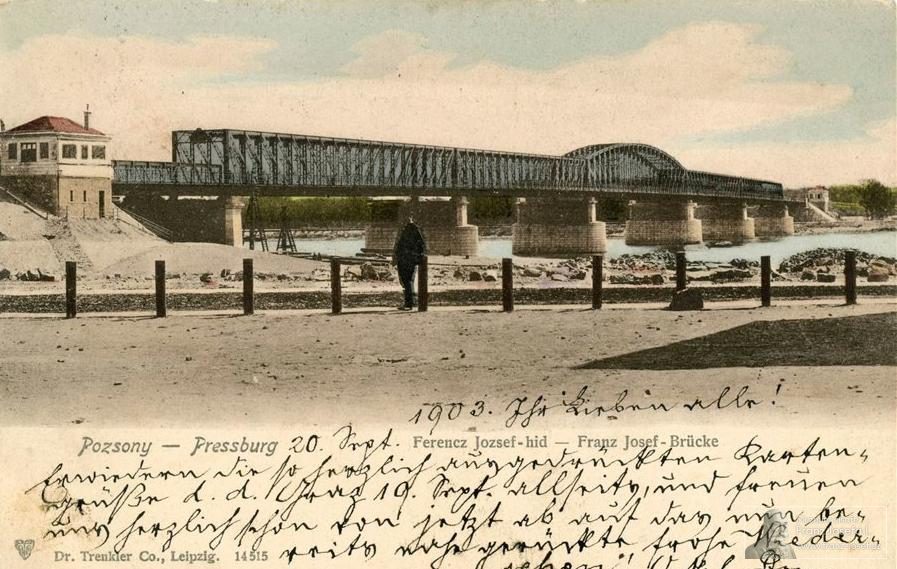 Most v roce 1903
Most v roce 1903
The construction of a stable bridge over the Danube in the area of today's Bratislava was impossible until the end of the 19th century. It was not until the regulation of the main flow of the river and strengthening of its banks (1870-1890) that it was possible to consider the construction of a fixed bridge. The bridge was finally built under the medieval historical core, in the place where the creation of a modern quarter was considered. On April 9, 1877, the city council already agreed that a solid bridge should be built. It established a commission that was supposed to agree on the construction with the Považ railway company, which had already planned to build railway connection to Sopron (Oedenburg).
More than 10 years passed before construction could begin. They started the work in April 1889. On the part of the Hungarian government, the then Minister of Trade Gábor Baross was responsible for the construction of the bridge, the construction was financed by the government. The bridge project was developed by the engineer Francois de Sales Cathry, who lived in Budapest and had a modern construction and business company with his brother Eduard. However, the Prešporský bridge was built by a local businessman, the city's chief engineer (Oberingenieur) Anton Sendlein (1842 – 1918). Reports at the time emphasize that the bridge was built exclusively from domestic, meaning Hungarian, materials. Already on October 6, 1890, the bridge was so ready that the city council could officially ask the Ministry of Trade for permission to ceremonially put the bridge into operation. At the same time, they sent their representatives to Vienna to respectfully ask the emperor and the king for permission to mark the bridge with his name.
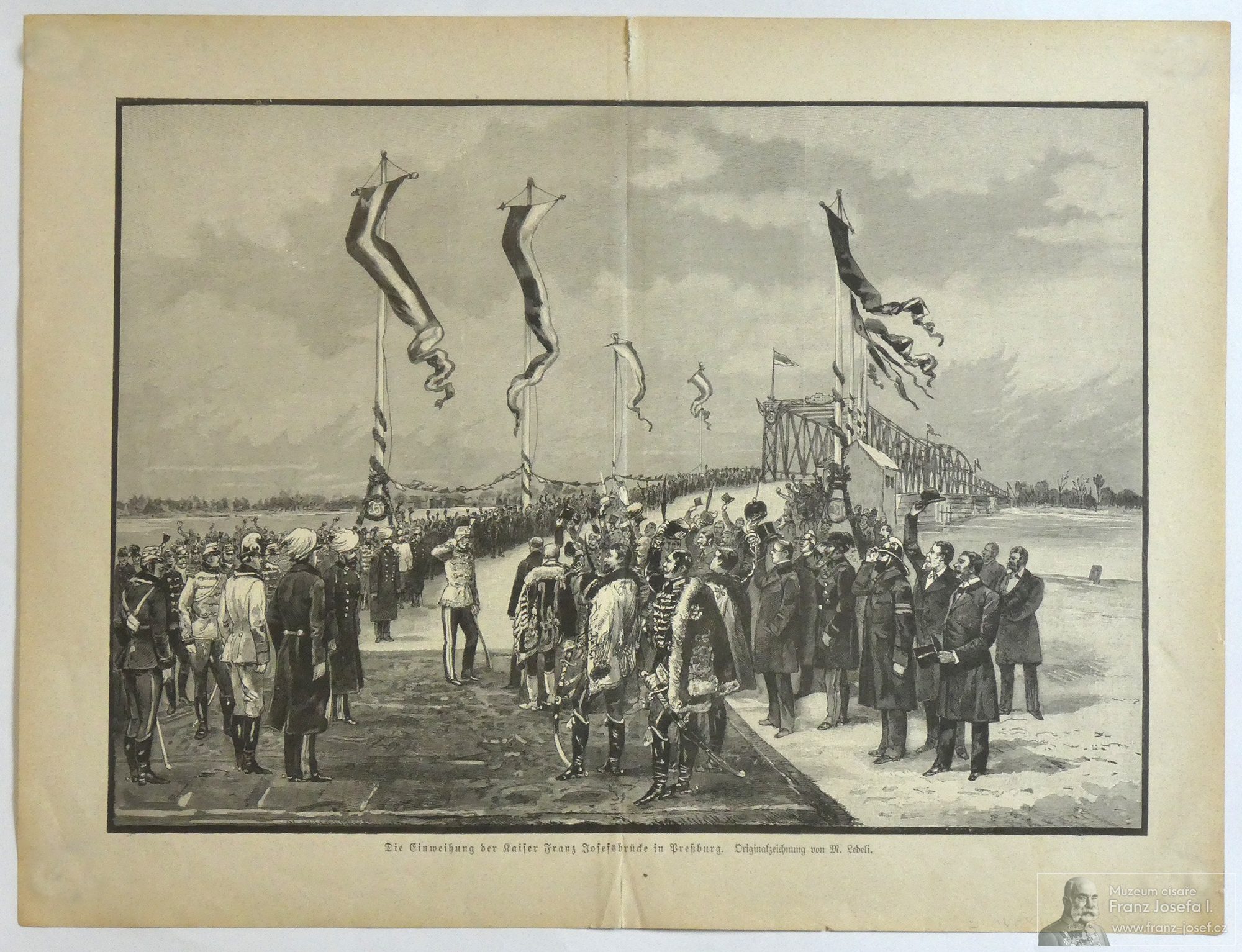

And so, on December 30, 1890, at 10:15 a.m., the ceremonial opening of the bridge took place in the presence of Emperor František Jozef himself. On January 1, 1891, the first wagons with goods rumbled past it. After the opening of the bridge, at two o'clock in the afternoon, there was an imperial audience for selected guests (ceremonial clothes or a tailcoat and a white tie were mandatory), and the evening before, the cream of Prešpor was present at the ceremonial dinner in the Primate's Palace.
In historical reports, we read that the construction of the bridge cost 1,780,000 guilders. Seven massive stone blocks built on pillars supported a 460-meter-long and 6.5-meter-wide bridge, the middle part of which was strengthened by hanging on a massive iron arch. At first, only a bridge for cars and pedestrians was built, but soon they also completed a parallel, narrower bridge for the railway, which sits on the same stone piers. The bridge was built so high that ships could pass under it even at the highest level of the Danube.
The bridge was named after Emperor and King Francis Joseph ("König Franz Josef-Brücke", "Ferenc József-híd". This was indicated on bronze plaques at the approaches of the bridge. Decorative cast-iron lampposts stood above them, preserved until the 60s of our century. A toll was collected for the use of the bridge for its maintenance. Toll booths were built on both sides of the bridge for the toll collectors, which miraculously still stand today. From 1914, it carried passengers to and from Vienna
electric railwayalong the rails built into the road part of the bridge. The bridge served traffic in its original form until 1945. After its destruction, its central part was replaced by a simplified temporary structure. Even after the war, the tram carried passengers, but only to Petržalka.
Death of a singer
- In 13.April 1981, Jiří Schelinger went to Bratislava at the invitation of the Bratislava studio of the Czechoslovak Television to record his film hit "Což táchle dat si spenát" for playback here. Under circumstances still unclear, he jumped from Bratislava's Old Bridge into the Danube and never made it out alive.
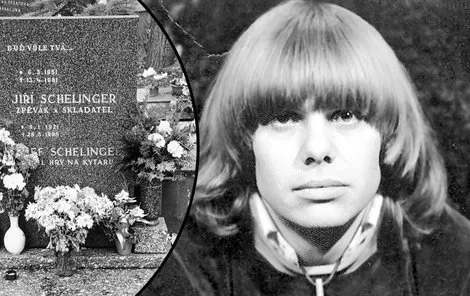

Jiří Schelinger
After the Old Bridge was closed in 2008/2010, the current bridge was built in 2014-2016. It was opened in May 2016.
The proposed concept meets the nostalgic relationship of the city's citizens to the original Old Bridge. The "New" Old Bridge has a significantly larger span of the main span than the original bridge, a significantly larger width, generous walkways, is continuous and welded. It is a modern bridge in every way. It is therefore a different bridge than the original Old Bridge.
Basic technical parameters of the bridge:
- The spans of the bridge bays are adjusted to meet the requirement for regular navigation gauge dimensions of 100 × 10 m. It achieved sato by removing the original supports 3 and 4 in the Danube course (they were in the worst technical condition), which were replaced by the new support 34.
- The spans of the fields are 32.24 + 106.68 + 137.16 + 75.60 + 75.92 + 32.24 m, the total length of the bridge is 465.00 m.
- The supporting structure of the bridge consists of 2 continuous steel trusses. The cross members of the bridge under the roadway and the sidewalk part are also made of steel trusses. The elements of these truss systems are welded or rolled H profiles. The bridge deck of the road section consists of a steel-concrete slab with steel rectangles under the rails.
- The bridge has generous 5.00 m wide sidewalks on both sides (pedestrians and cyclists), viewing terraces with benches and greenery above the supports in the stream
In the construction of the new pillar 34, granite blocks from the original pillars 3 and 4 are used, which ensures the visual uniformity of the surfaces of all pillars.
The contractor of this interesting bridge is EUROVIA CS, through the plant Mosty a Konstruktion. However, it is necessary to highlight other suppliers, without whose contribution the project would not have been successful. The largest share of design work was provided by the design office Stráský, Hustý and partners. Other design partners were Alfa 04 and IKP and several projections for partial production technical documentation. In other activities, for example, Construction Construction, Keller, Felbermayer, OKT, Vítkovice Power Engineering, Hutní montáže and many others cooperated. We cannot ignore the matter-of-fact approach of the construction manager Metro company, as well as representatives of the city of Bratislava.
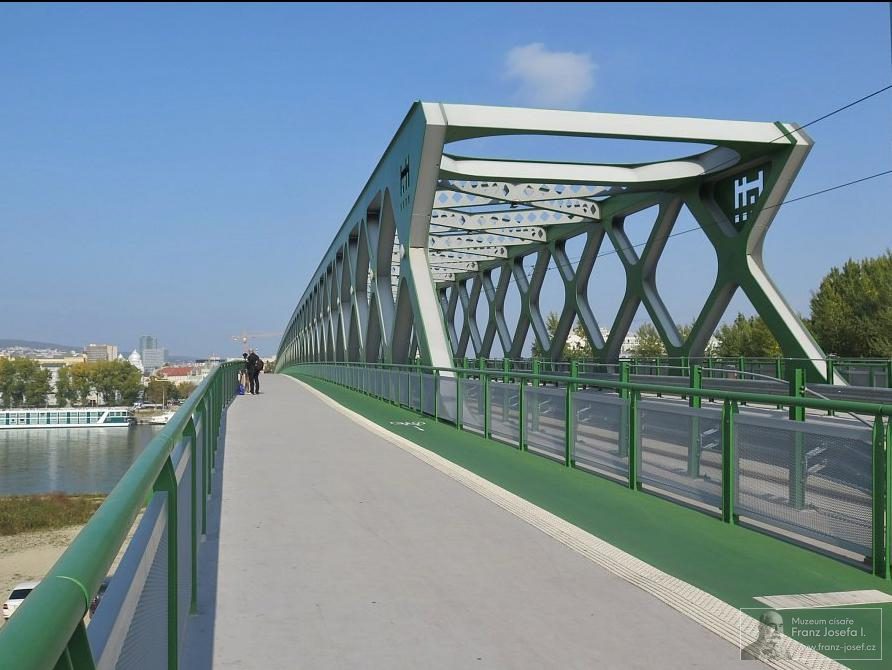

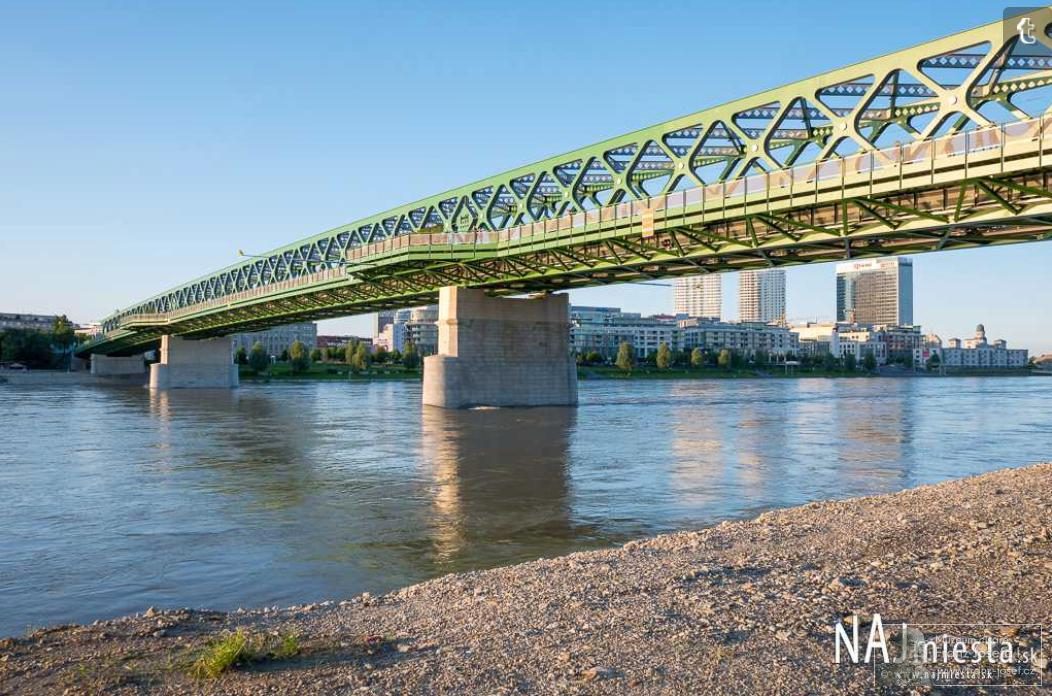

The bridge after reconstruction in 2016
